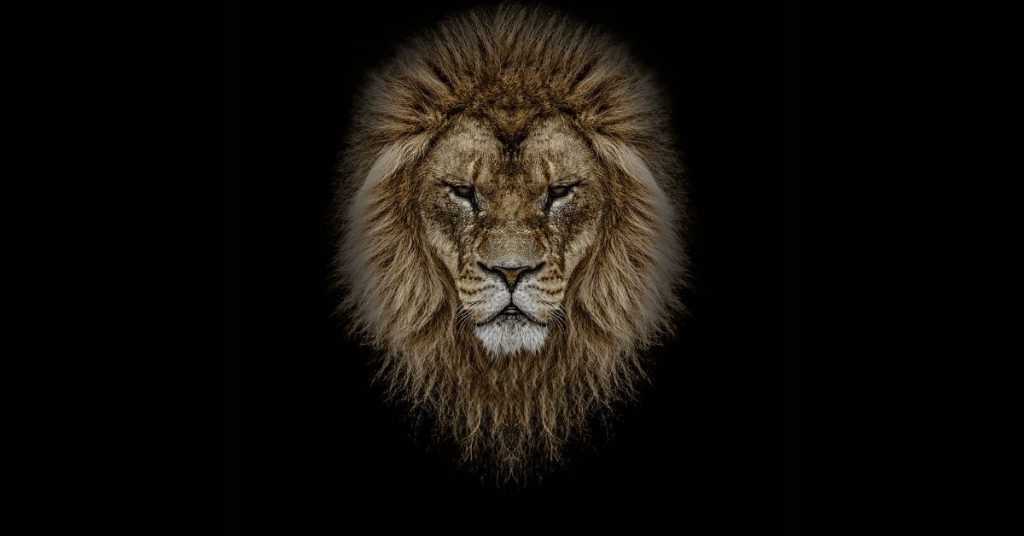Disclaimer: We sometimes use affiliate links in our content. For more information, visit our Disclaimer Page.
Anthropologists and psychologists have researched this for decades and still debate over what leadership means in today’s society; however, we will consider what we already know about animal behavior leads us to believe animals can show examples of leadership.
One typical leadership style is that leaders often show examples to help guide followers. For example, there are many examples of animal leaders influencing their groups by demonstrating a model for their members to follow.
What is Animal leadership?

A question that has become more important to me lately; what is animal leadership? For example, when you see a herd of sheep traveling across the field, you might think that the lead sheep is in charge. But, is this true, or do all the other sheep follow because they know their place?
There are several answers to this question, but I will stick to two right now. The first would be yes; every flock has an actual leader. The second answer could be no, there isn’t a leader, and each member knows its place, so they don’t need to have one.
Every animal in nature needs a leader at some point, whether you believe it or not. Humans also need human leadership! When you have a group of animals together, one leader will lead them. It’s not because that one is better than the others, but simply because it leads them to safety and security for their well-being.
Animals, on the whole, have a black and white understanding of leadership in their species. Some disputes and disruptions can wreak havoc on a group of animals and their roles, just as there are among humans. The distinction between animals and humans regarding leadership isn’t how one ascends to that influential role.
Related: Leadership
What are the key leadership skills that can be learned from animals?
We can learn and use this knowledge in the real business world too. The idea of Animal Leadership was initially conceived as a theory by two young students from the University of the Witwatersrand, Conrad Nthende and Sol Solis, in 2013. The pair took a course called Leadership and Change in Complex Societies and began looking at the characteristics of two different animals; the alpha males and wolf packs.
The characteristics they discovered in these two groups were revolutionary to the world of animal behavior, and the idea was born. The key attributes behind the leadership theories are reward, inspiration, and support.
It is important to note that animal leadership is not a new form of animal hierarchy. The key goal is for the well-being and security of the group, not to reach a ‘top’ or any such position.
Conrad Nthende has explained that the idea behind Animal Leadership is quite simple:
“Everyone wants to feel important and above all wants to be recognized for their hard work.” Group animals such as wolves, elephants, and dolphins engage in this behavior regularly, including an individual taking on specific characteristics usually found around the alpha leaders groups who are typically large.
These attributes include leading at times, protecting members of the pack or herd, and forging ahead into unknown territory first, among other things related to how leadership works with humans. It also shows why these leaders are treated with respect by the group.
Nthende and Solis have said that they developed Animal Leadership because it is an exciting theory about something most people will figure out on their own eventually- how to get along with other people. The two also wanted to answer questions about how animals communicate in groups, usually in subtle ways that have not been very well understood in the past.
Conrad Nthende explains that he thinks of Animal Leadership as a “tool” for people who want to learn more about what makes certain groups tick, why some work better than others, and the dynamics between individual members of different species. For example, he had stated that when previously asked what his unique selling point was for being so successful at business deals, he answered ‘Animal Leadership.’
“I have been able to read people better, pick up on subtle things, and should a situation arise I am not as stressed as my counterparts. In business, this is important because it helps to lower stress levels, makes negotiations easier, and allows you to see where the other person is coming from. Having Animal Leadership as a tool means that I can read into what they are thinking or feeling even if they do not express themselves and understand where they are coming from.” (Conrad Nthende)
Which animal has leadership qualities?

A true leader is someone who has leadership qualities. It means that they have to be able to lead people or animals. Many animals have leadership qualities, but ants, bees, and penguins are the most common.
Ants
Ants can be seen as leaders because they have a division of labor in their nests, making them an efficient colony.
Bees
Bees are good leaders, too, since they work together for a better future survival for their hive. They also divide different jobs to keep everything running smoothly inside the hive.
Also, in real businesses, Teams that work together are clear on their shared responsibilities and can communicate effectively, which is impossible when one’s leadership operates silos. Finally, we can learn from bees that we must have a long-distance focus to secure a future.
Penguins
Penguins are excellent leaders, too, since they have different tasks depending on their position in the group. For example, scouts, sentries, nurses, and other roles are performed by penguins during the migration or while hunting.
Flock of geese
In a flock of geese, for example, the family members make decisions together to keep the safety of their young ones and find food during migration.
Groups of monkeys:
Groups of monkeys can be seen as a group with a leader since they have one particular animal that takes care of everything while others follow their lead calm presence.
Squirrels
Squirrels can also be leaders since the dominant male squirrel leads its group in foraging and defense of territory from other groups.
Lion
The king of the animal world is a lion. Lions have several traits that make them successful leaders. Lions are defensive and willing to fight for their territories, mates, cubs, pride, and own safety. They are hunters who defend what they need aggressively.
However, other animals show qualities of leaders without being one.
What are the characteristics of Animal Leadership?

There are many leadership traits in the animal kingdom. They are motivation, intelligence, command over group members, power in the group, self-control, and many others.
Motivation
This means encouraging fellow animals to do something by backing them up when they have the urge or desire to do it. For instance, if one starts aggressively barking at another dog in a dog pack, his leader must motivate him not to be provocative because he could get into trouble with the other dog’s owner or people around him.
Intelligence
The second characteristic is intelligence, which refers to achieving goals through problem-solving. For example, if there is no more food available in a cat colony, they can use their intelligence and work together until they find a way to get more food. The leaders share this characteristic in both humans and animals. For example, in a dog tribe, when there is no food for them, they need to use their intelligence to find one.
Command
The third characteristic of animal leadership is command over group members, which means having control or power over others in a group or an organization. For example, in a lion pack, the leader must have the ability to control all its members to be efficient when hunting. Controlled lions can also demonstrate dominance over other competing lions outside the pack.
Power
The fourth characteristic of animal leadership is power in the group, which means being strong enough physically, mentally, and emotionally. This characteristic is needed by leaders, especially if their tribe is under threat, and they must lead the pack to fight back.
Self-control
The fifth characteristic of animal leadership is self-control which refers to controlling your emotions and behavior. Since animals may not have a mind like humans, it is up to their leaders to keep them in line by controlling their behaviors, such as chasing goats or sheep, chickens, and rabbits.
Animal leaders are always present when others need them most
In many cases, leadership is not a permanent character trait but rather something that an animal may become temporarily, such as during times of danger or crisis within the group. Some wild animals have been known to lead just until new groups have been formed; this means that we cannot assume they will be present all the time.
Leaders always make good decisions or bad ones; there is no middle ground.
Since animals lack reasoning abilities, it cannot be assumed that they can make informed decisions independently. Likewise, although leaders consider other factors such as numbers and morals when making decisions, they cannot claim that they never make mistakes.
Animal leaders can recognize potential successors.
An animal group’s leader usually plays a role in the upbringing and education of its members, and one animal may be chosen to take over this responsibility after the previous leader dies or retires from its duties. However, the former leader does not always designate this successor; instead, other members within the group take part in choosing who takes over next.
Related Leadership Styles
Final Thoughts
When do you see a herd of sheep crossing the field, do they all follow one lead sheep, or are some other factors at play? For example, if one wolf gets sick and can’t hunt for food anymore, it loses its pack leader to another healthier wolf. What would happen in this case? The more we study how animals behave, the more complex their social hierarchies become—there isn’t just one answer.
Leaders in the animal kingdom are often chosen based on various factors, such as age and experience. In some species, leaders have been determined by their rank within the group or family hierarchy. Other animals choose their leader through rituals that define which individual will take care of them for a given period.
In today’s competitive market, we need an excellent leadership ability to break the competition. We can learn a lot of knowledge about leadership through Animals.
But understanding these subtleties might help us better understand our social structures too! So, which Animal Personality do you like the most? Let us know!





